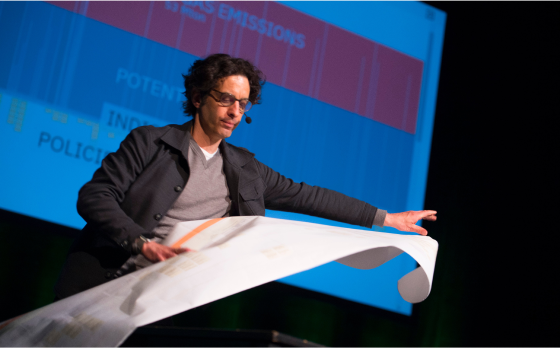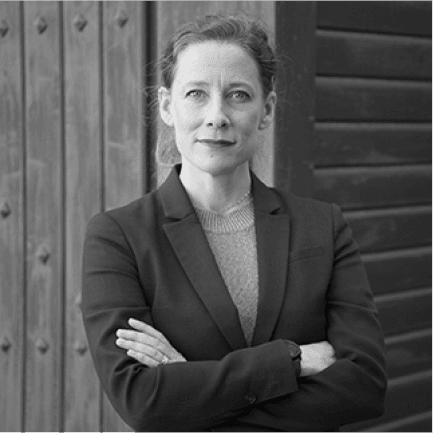Where passion meets purpose
ClimateView consists of a team of passionate individuals of different backgrounds – from science, policy, consulting and tech. All aligned around the same purpose - to help enable the sustainability transition.
The ClimateView story
In 2018, Tomer Shalit faced a watershed moment. Having worked in technology leadership roles, he had long been passionate about solving complex problems, but Sweden’s new Climate Act sparked a sense of urgency. Faced with a mountain of scientific reports, data, and ambitious sustainability goals, Tomer recognized a critical gap: there was no actionable roadmap or defined metrics existed to achieve these targets. He felt compelled to create a solution that would transform overwhelming information into something practical, measurable, and actionable.
Driven by this mission, Tomer collaborated with Sweden’s top climate authorities—including the Swedish Climate Policy Council, the Swedish Energy Agency, and the Swedish Environmental Protection Agency—to co-develop Panorama. This dynamic roadmap provided the first version of the framework for monitoring Sweden's transition to climate neutrality, integrating data and key performance indicators (KPIs) that allowed monitoring of progress and to map out transition pathways
As these insights expanded, ClimateView was formed, bringing together a diverse team of passionate experts from science, policy, consulting, and technology. United by a shared commitment to sustainability, we recognized that achieving sustainability transitions at scale requires more than just ambitious targets—it demands a structured, data-driven approach that can model key drivers of change, measure their impact, and monitor progress using reliable KPIs rooted in science.
This realization inspired the development of the ClimateView platform, which today equips governments worldwide with the transition intelligence needed to plan, execute, and monitor their sustainability goals. Our platform is trusted by cities and regions globally to track emissions, assess climate actions’ societal and environmental benefits, and simulate scenarios for better decision-making. By providing actionable insights, we empower governments to create sustainable, resilient futures.

Collaboration is at the core of what we do. At ClimateView, we work closely with governments, research institutions, and consultants, ensuring our platform remains grounded in the latest scientific research. Our partnerships with ICLEI USA, Swedish authorities, and cities and regions across Europe and North America have enabled the world’s largest network of governments to adopt the same structured approach to decarbonization.
Our open-source Transition Elements Framework (TEF) reflects our commitment to transparency and global collaboration. TEF offers a standardized KPI framework based on IPCC guidelines, helping cities, regions, and nations measure progress and share insights. This collective knowledge accelerates the global transition to sustainability, empowering governments to make informed decisions grounded in real data.
As ClimateView continues to grow, our mission remains the same: to help cities, regions, and nations turn their sustainability ambitions into reality. With each new city, region, and nation that joins our platform, we move closer to a future where sustainability is not just a goal, but a shared, actionable reality.
Our values

Commitment to impact
We believe in making a real difference.
It’s not just about setting goals; it’s about achieving them. We’re driven to turn data into action, helping cities make measurable progress on their path to sustainability.

Transparency
We believe in openness and clarity.
By sharing data, models, and insights openly, we ensure that everyone understands the journey ahead. This transparency builds trust and empowers cities to make informed decisions with full confidence in the process.

Collaboration
We believe in the power of working together.
By uniting city leaders, consultants, and stakeholders under one framework, we make sure everyone is on the same page, learning and progressing together.

Science-based
We believe that science should guide decisions.
Our platform is built on research from the IPCC, ensuring that our approach is grounded in facts, data, and proven methods. This way, cities can trust the path forward.
Co-founders
Board members







